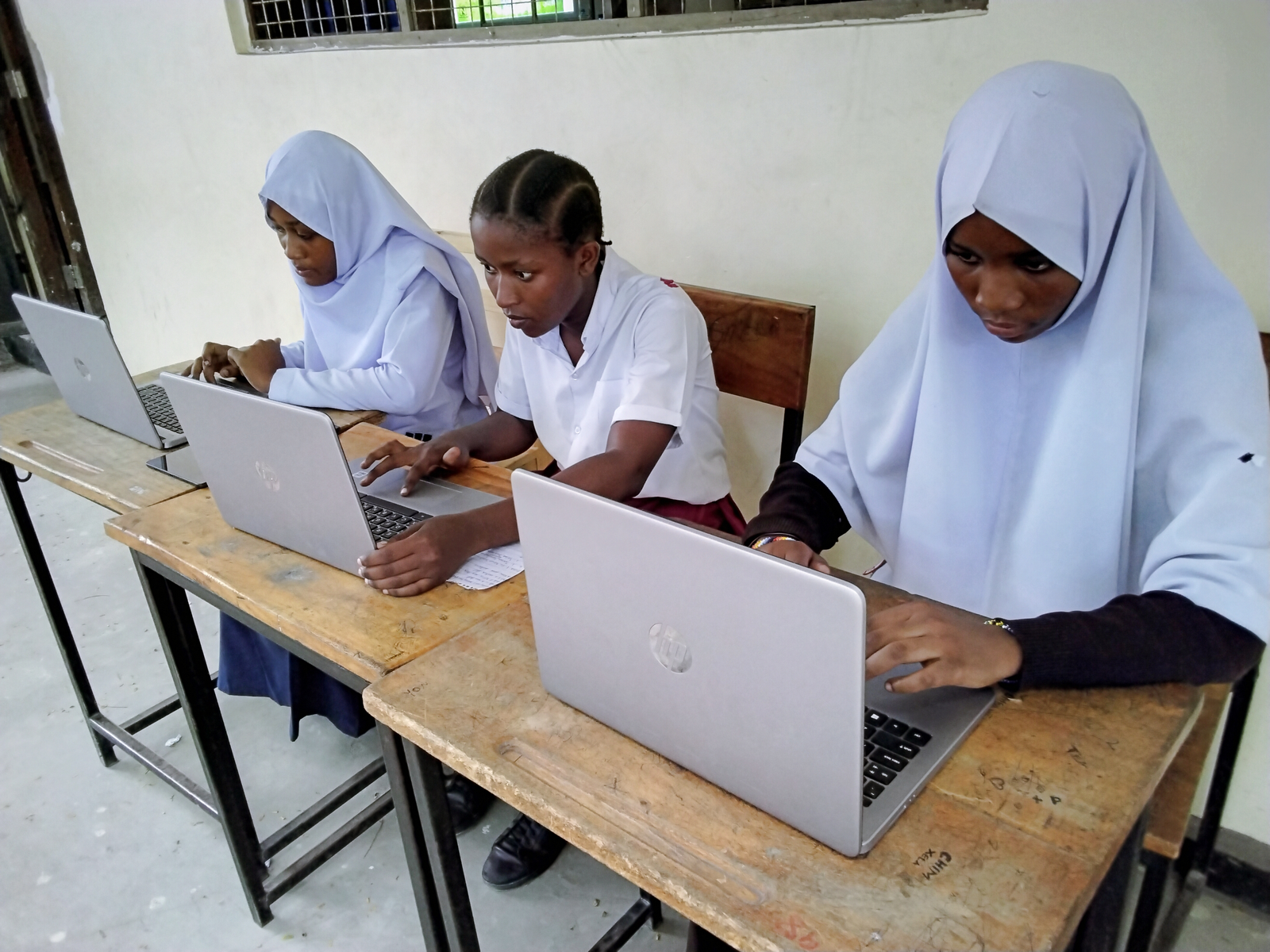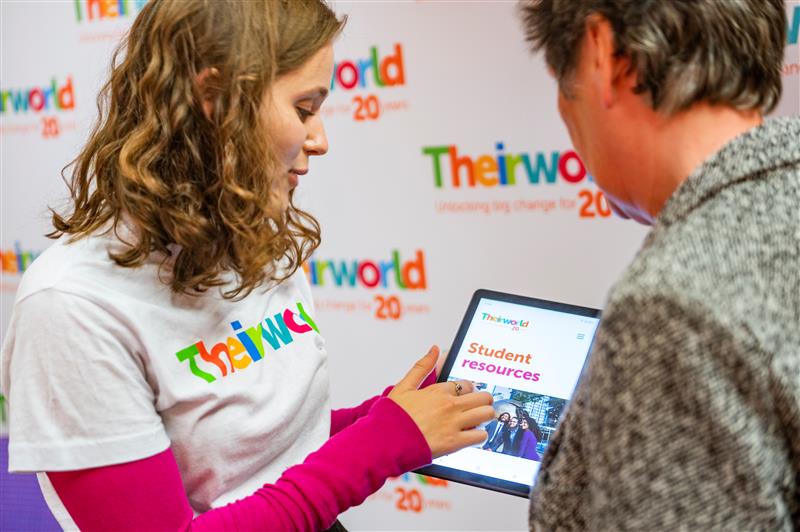
13 challenges children face just to be able to go to school
Barriers to education, Child labour, Child marriage, Children in conflicts, Education in emergencies, Girls' education, Refugees and internally displaced people, Safe schools, Teachers and learning
From discrimination and child labour to gang violence and dangerous journeys to school, we look at some of the obstacles children have to overcome to get an education.
Jump to
- 1. Gender discrimination
- 2. Attacks on schools
- 3. Forced to flee their homes
- 4. Disabilities
- 5. Child marriage
- 6. Child labour
- 7. Toxic stress
- 8. Danger on the way to school
- 9. Natural disasters
- 10. Paying to be at school
- 11. Difficult journeys to school
- 12. Gang violence
- 13. Talking a different language
Millions of children around the world would love to be at school. They’d give anything to be sitting at a desk and learning with children of their own age.
But more than 260 million children and youth – one in five – don’t enjoy that basic right. There are many, often complex, reasons as to why young people aren’t in school.
Here’s a look at just some of the obstacles that children in some parts of the world have to overcome just to get an education.
1. Gender discrimination
2. Attacks on schools
3. Forced to flee their homes
4. Disabilities
5. Child marriage
6. Child labour
7. Toxic stress
8. Danger on the way to school
9. Natural disasters
10. Paying to be at school
11. Difficult journeys to school
12. Gang violence
13. Talking a different language
More news

